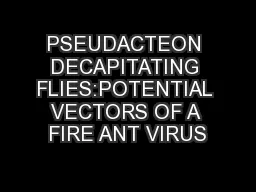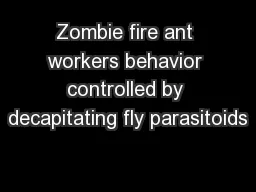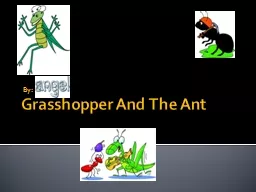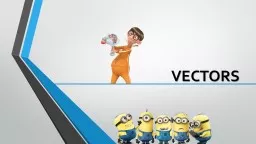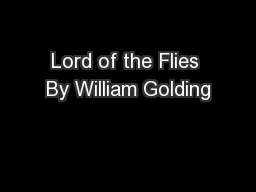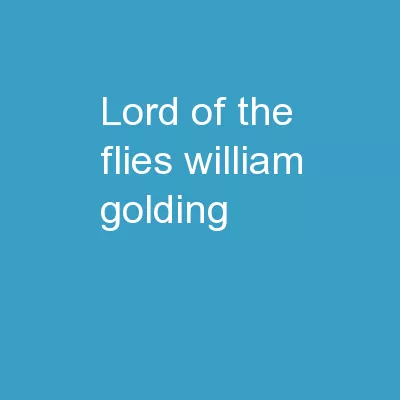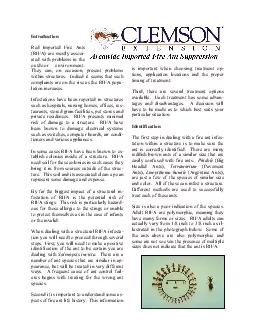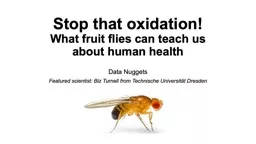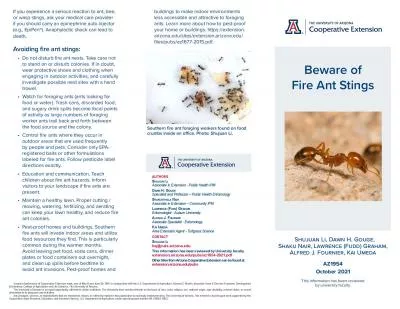PDF-PSEUDACTEON DECAPITATING FLIES:POTENTIAL VECTORS OF A FIRE ANT VIRUS
Author : tatyana-admore | Published Date : 2017-04-03
inguncoordination morbidity and decapitationto contain a parasite Fly pupae were observeddaily for the next month All
Presentation Embed Code
Download Presentation
Download Presentation The PPT/PDF document "PSEUDACTEON DECAPITATING FLIES:POTENTIAL..." is the property of its rightful owner. Permission is granted to download and print the materials on this website for personal, non-commercial use only, and to display it on your personal computer provided you do not modify the materials and that you retain all copyright notices contained in the materials. By downloading content from our website, you accept the terms of this agreement.
PSEUDACTEON DECAPITATING FLIES:POTENTIAL VECTORS OF A FIRE ANT VIRUS: Transcript
Download Rules Of Document
"PSEUDACTEON DECAPITATING FLIES:POTENTIAL VECTORS OF A FIRE ANT VIRUS"The content belongs to its owner. You may download and print it for personal use, without modification, and keep all copyright notices. By downloading, you agree to these terms.
Related Documents

